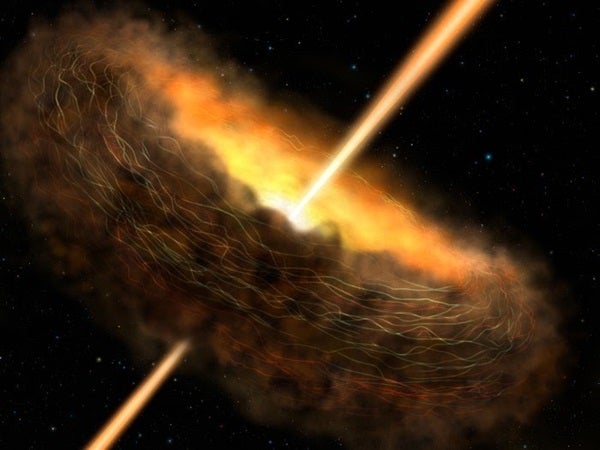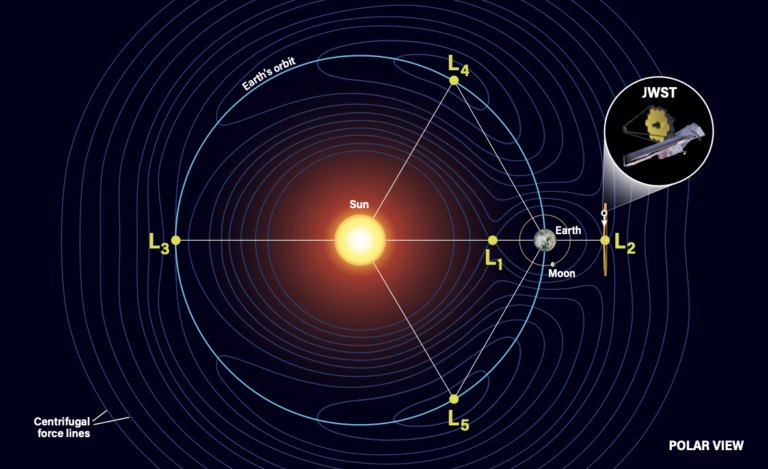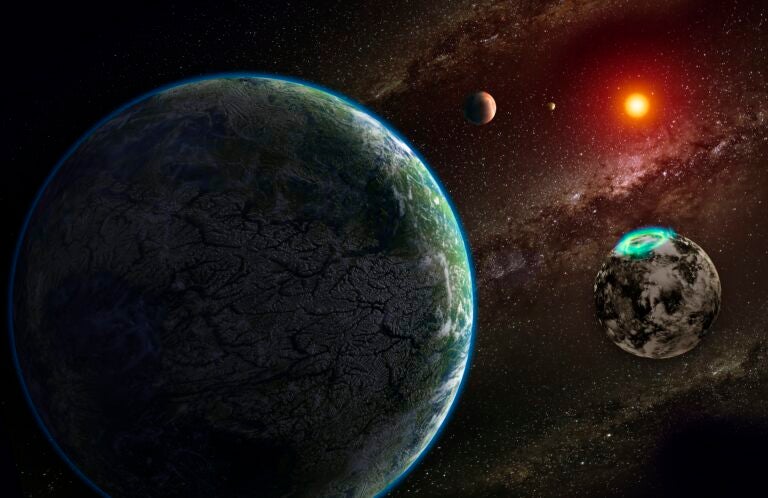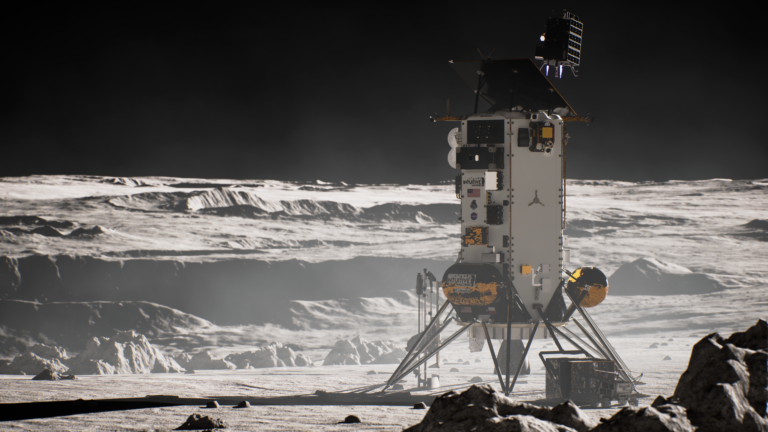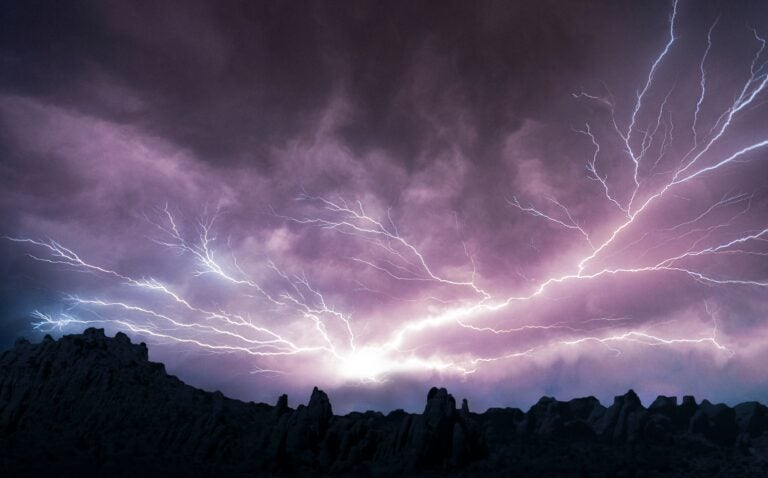The researchers’ observations might shed light on the relationship between black holes and magnetic fields and why some black holes are more active and “hungry” than others. Whereas some supermassive black holes eat everything around them and shoot out high-speed jets, others lie quietly at the center of galaxies, sometimes even dormant. The team used NASA’s flying telescope, the Stratospheric Observatory for Infrared Astronomy (SOFIA), to study the active galaxy Cygnus A, whose magnetic fields are trapping dust near the galaxy’s center and feeding the supermassive black hole.
Thanks to observations from SOFIA, researchers think that, at the heart of Cygnus A — 600 million light-years away — magnetic fields are acting almost like a “cosmic net,” trapping material that’s feeding the black hole.
The unified model says that, at the center of active galaxies, a feeding supermassive black hole will be surrounded by an accretion disk, or a rotating disk of matter that falls into the black hole. That disk is fed by what’s called a torus, a doughnut-shaped structure around the accretion disk made up of dust and gas.
Scientists are not sure exactly how the torus is created or why it exists and stays around the accretion disk. However, with these new observations, researchers think that magnetic fields could be helping create the doughnut shape of the torus and lock it in place.
The team, led by Enrique Lopez-Rodriguez, a scientist at the SOFIA Science Center, and the lead author on the report of this new discovery, was able to observe these cosmic structures using the High-resolution Airborne Wideband Camera-plus (HAWC+) aboard SOFIA. This instrument made observations of the torus in Cygnus A possible for the first time, Lopez-Rodriguez explained.
And studying this system and the activity around Cygnus A’s supermassive black hole could help scientists to better understand why some black holes are more active than others. Also, in addition to helping us understand how and why the doughnut-shaped torus is created, studying this system can help us to better understand the relationship between magnetic fields and black holes.
Before, researchers would usually only take into account gravitational forces when looking at black hole feeding, but this work shows how magnetic fields need to be considered and incorporated into our current understanding of these systems. However, according to a statement from NASA, it will be important that scientists make further observations of other galaxies to better understand this relationship between magnetic fields and the area around supermassive black holes at the center of active galaxies.

